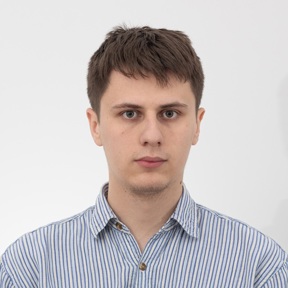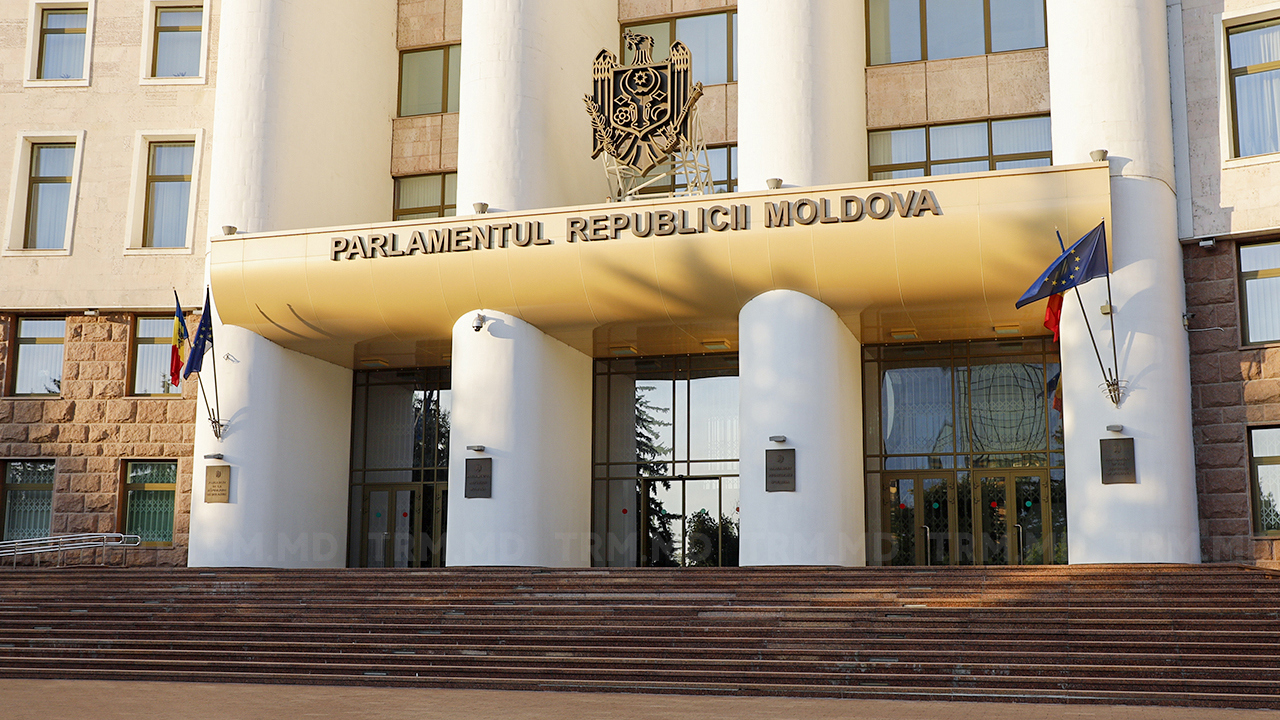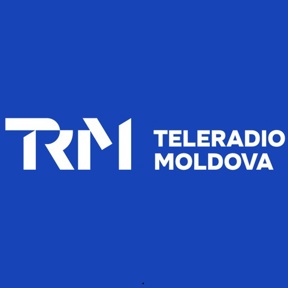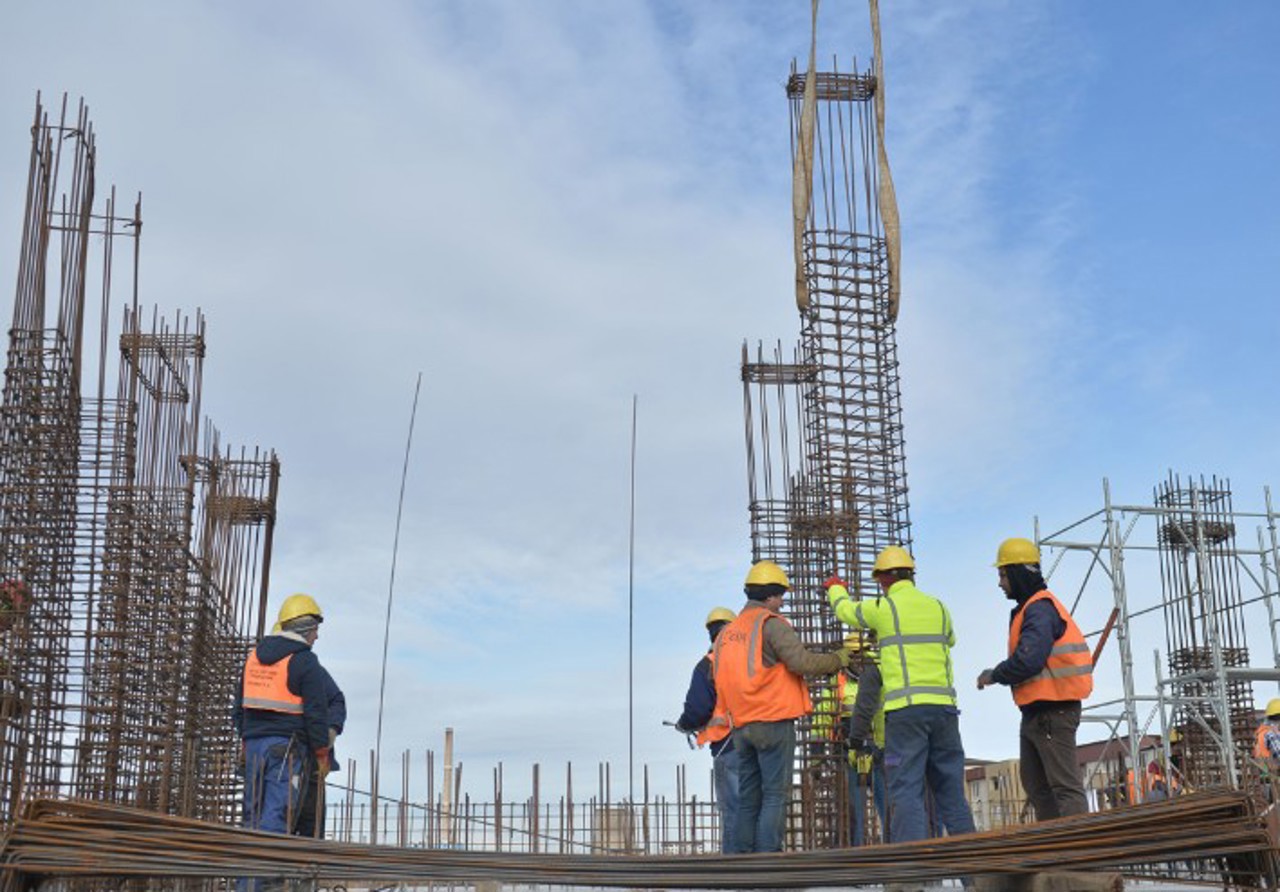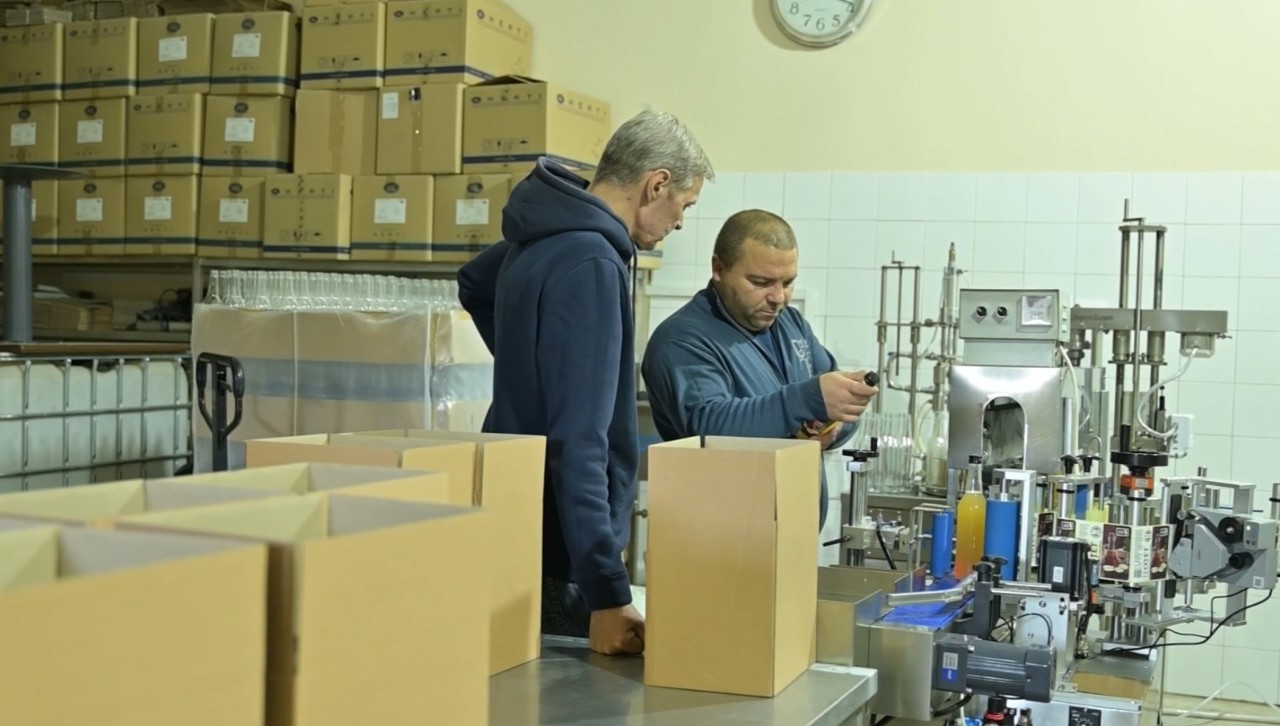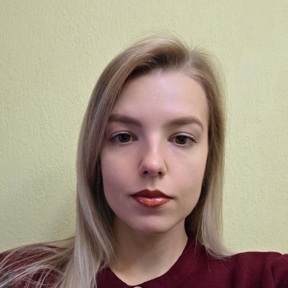How May 9th has evolved as a holiday in the Republic of Moldova
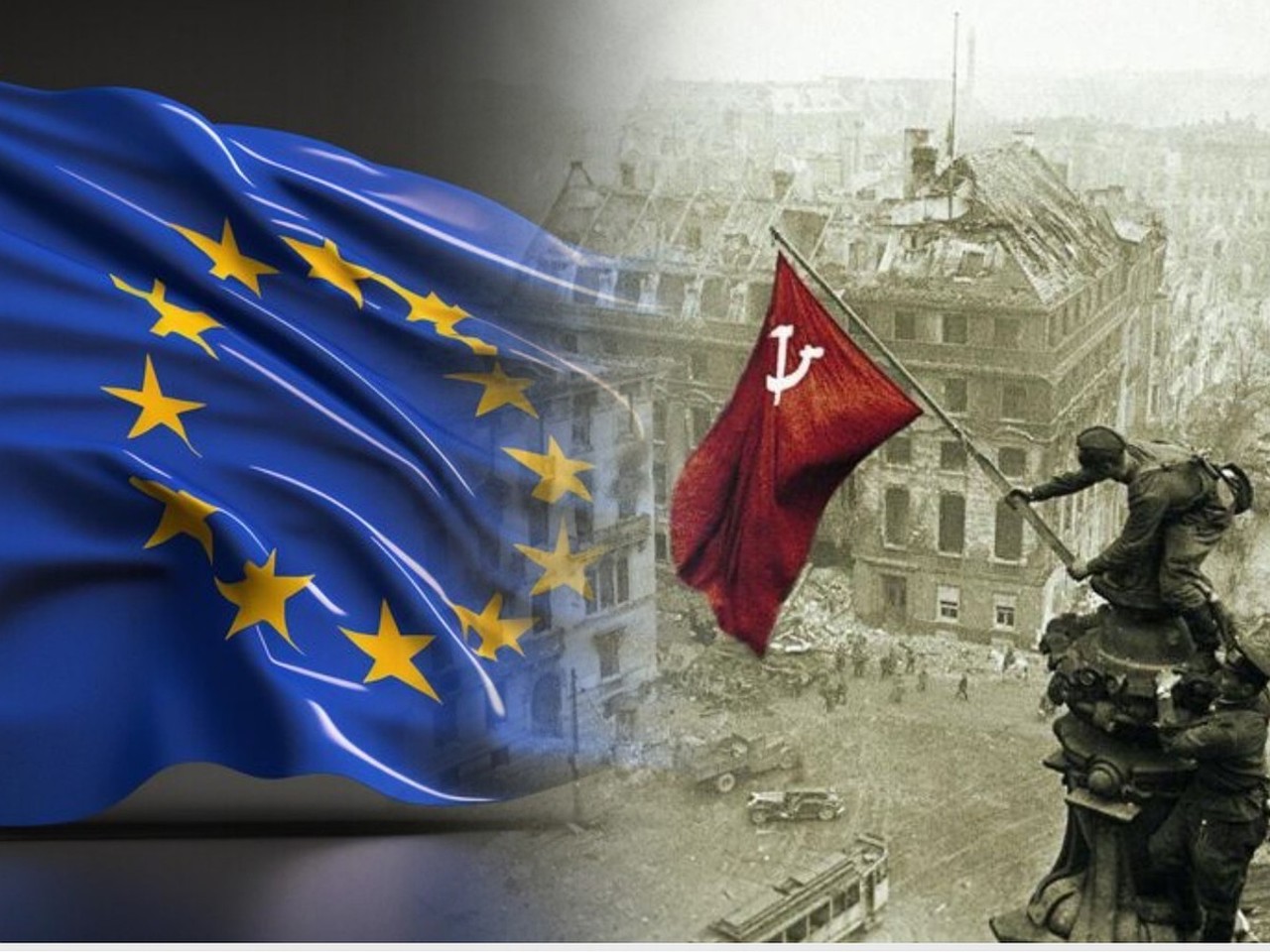
In the Republic of Moldova, May 9 has been commemorated consistently over the past thirty years with ceremonies, public events, and symbolic actions. This date combines the observance of Victory Day in World War II with Europe Day, giving it a dual significance that reflects how both authorities and citizens choose to honor it.
How was May 9 celebrated in the three decades of Independence?
"Victory Day and Commemoration of Heroes Fallen for the Independence of the Fatherland" has been marked in the Republic of Moldova since 1990, on May 9, following a decision adopted in December by the Supreme Soviet of the Moldovan Soviet Socialist Republic. Since then, Victory Day has been celebrated through various events, such as military parades, laying flowers at memorials and monuments, concerts and fireworks. Under the communist government and other leaderships close to Moscow, our country received invitations to participate in lavish parades organized in Russia, thus marking this day.
The last Moldovan contingent to attend the Moscow parade was in 2020, on the occasion of the 75th anniversary of the Great Victory, when the then president, Igor Dodon, was also present.
In 2022, with the beginning of Russia's aggression against Ukraine and the Kremlin's aggressive promotion of the "Z" and "V" symbols and the St. George ribbon, the PAS government banned these symbols by law, sanctioning their use with fines. Similar practices were applied in other countries.
In May 2023, the government in Chisinau proposed that Victory Day be renamed "Day of Commemoration and Reconciliation in Memory of Those Who Fell in World War II." PAS deputies also suggested moving the holiday to May 8. This initiative aroused the discontent of the opposition, which considered May 9 a common victory. Ultimately, PAS dropped the proposal.
The United Nations proclaimed, on November 24, 2004, May 8 and 9 as Days of Commemoration and Reconciliation. Recognizing that member states may have their own Victory, Liberation and Remembrance Days, the UN has invited all member states, organizations of the United Nations system, non-governmental organizations and individuals to mark one or both days annually as a tribute to those who fell in the Second World War.
Europe Day has been celebrated in the Republic of Moldova since 2006, in May, both in Chisinau and in other localities of the country. On this occasion, the Delegation of the European Union to the Republic of Moldova traditionally organizes a public event titled "European City", which will also take place this year.
We remind you that, since 2017, the Republic of Moldova has decided to officially celebrate Europe Day on May 9 (and not on May 8, as in other states), thus formally establishing the character of a double holiday. The initiative sparked political controversy at the time – the then-President Igor Dodon initially refused to promulgate the law adopted by Parliament, accusing the marking of Europe Day on the same day as Victory Day of minimizing the importance of the memory of the war. Dodon argued that the immense price paid by the peoples of the former USSR (including the 27 million lives lost) for the defeat of Nazism should not be forgotten. Finally, after overcoming the institutional deadlock, the law entered into force.
How did the May 9th controversy arise?
Time zone differences and the need for Nazi Germany to officially surrender to all Allies led to two dates commemorating the end of the war.
The first act of surrender was signed in Reims, France, at 02:41 on May 7, 1945. The only Soviet Union representative present at the Allied Headquarters was General Ivan Susloparov, the Red Army's liaison officer. Stalin was dissatisfied with how the signing took place, believing that Germany should officially surrender to the Soviet military leadership. He therefore requested that a new ceremony be held in Berlin, at the headquarters of Marshal Georgy Zhukov.
The second act of surrender was signed shortly after midnight on May 8. Representatives of the USSR, the United Kingdom, France, and the United States were present. After Marshal Zhukov opened the ceremony, the German representatives signed the Final Act of Unconditional Surrender, which occurred at 23:01 Central European Time on May 8. In Moscow it was already May 9. Thus, in the West, the war's end is marked on May 8, and in the former Soviet republics, on May 9.
Another difference concerns the beginning of the war. In the West, it is considered to have begun on September 1, 1939, when Germany invaded Poland. In contrast, in the USSR, the “Great Patriotic War” began on June 22, 1941 – the date of the German invasion of the Soviet Union. Between the two dates, the USSR occupied eastern Poland, the Baltic States, part of the Karelian peninsula (Finland), and Bessarabia, the territory between the Prut and the Nistru rivers.
In Moscow, the defeat of Germany was marked by a grand fireworks display on May 9, 1945, and on June 24, Red Square hosted one of the most famous Victory Parades. May 9 was declared a public holiday in 1945 but lost this status in 1947. For almost two decades, the day was a working day, and public celebration was reduced due to the huge human cost and suffering caused by the war.
How did May 9th turn from a day of commemoration into a day of propaganda?
There were no major public events on Victory Day for the first two decades after the war. The 1945 parade was unique. The slogan “We can do it again,” used today in Russia, would have been unthinkable at that time, when society was in deep post-war shock.
In 1965, Soviet leader Leonid Brezhnev officially declared May 9th a public holiday. The second Victory Parade was held on Red Square. It seems that the Soviet authorities wanted to revive patriotism by glorifying the victory over Nazism. It took two decades for the USSR to transform the day into a festive holiday, emphasising triumph.
Only four military parades were held on Victory Day during the Soviet era: in 1945, 1965, 1985, and 1990. The holiday was usually marked by civilian parades, fireworks, meetings with veterans, and commemorative events. The largest military parade was reserved for November to mark the October Revolution.
After the collapse of the USSR, Victory Day was not officially celebrated for several years. In 1995, in the context of the military failure in Chechnya, President Boris Yeltsin revived the idea, organizing a grand parade and inviting numerous international leaders, including US President Bill Clinton. Since then, the May 9 parades have become annual, and under President Vladimir Putin they have steadily increased.
The St. George's Ribbon, officially introduced in 2005 as a symbol of Victory Day, has been widely adopted since 2014, in the context of the annexation of Crimea and the conflict in Donbas. Thus, it has become a symbol associated with Russian militarism and propaganda. Several post-Soviet states have abandoned its use.
In 2011, the "Immortal Regiment" initiative was launched in Tomsk, encouraging people to wear photos of relatives who fought in the war. In the Republic of Moldova, the PSRM organized this event for the first time in 2016.
